Grant-Kohrs Ranch National Historic Site
Wide open spaces, the hard-working cowboy, his spirited cow pony, and vast herds of cattle are among the strongest symbols of the American West. Once the headquarters of a 10 million acre cattle empire, Grant-Kohrs Ranch National Historic Site preserves these symbols and commemorates the role of cattlemen in American history.
Arriving from the east: Take Interstate 90, exit 187. Drive through town, approximately 2.5 miles. Turn left onto Grant Circle and enter the park. Arriving from the west: Take Interstate 90, exit 184. Turn right. Drive approximately 3/4 of a mile. Turn right on to Grant Circle and enter the park.
- Guided Tours
- Hiking
- Front-Country Hiking
- Living History
- Wildlife Watching
- Birdwatching
- Farming and Agriculture
- Ranches
- Animals
- Birds
The Ranch House
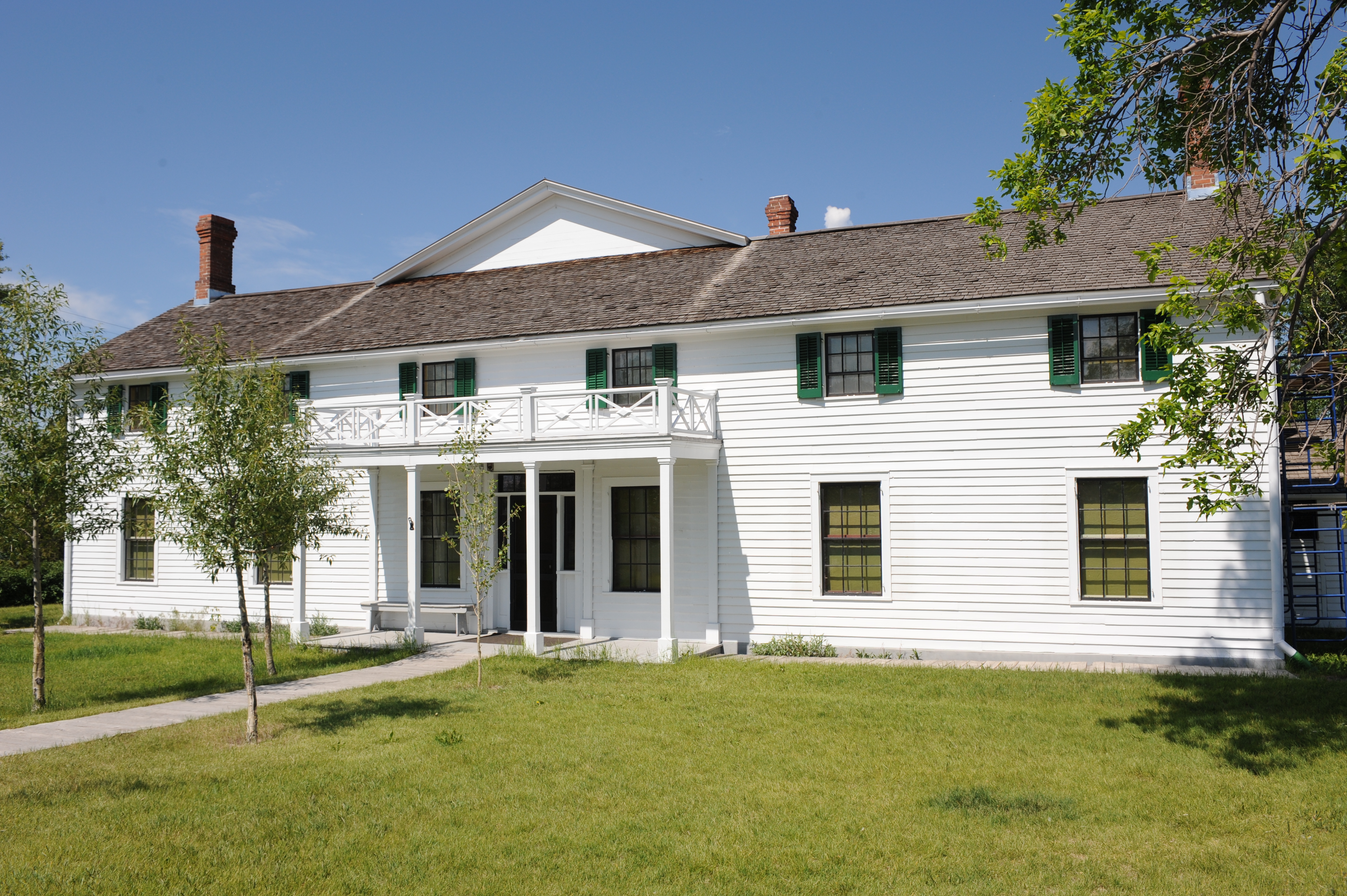
The front portion of the ranch house was originally built by Canadian fur trader Johnny Grant in 1862.
The Ranch House
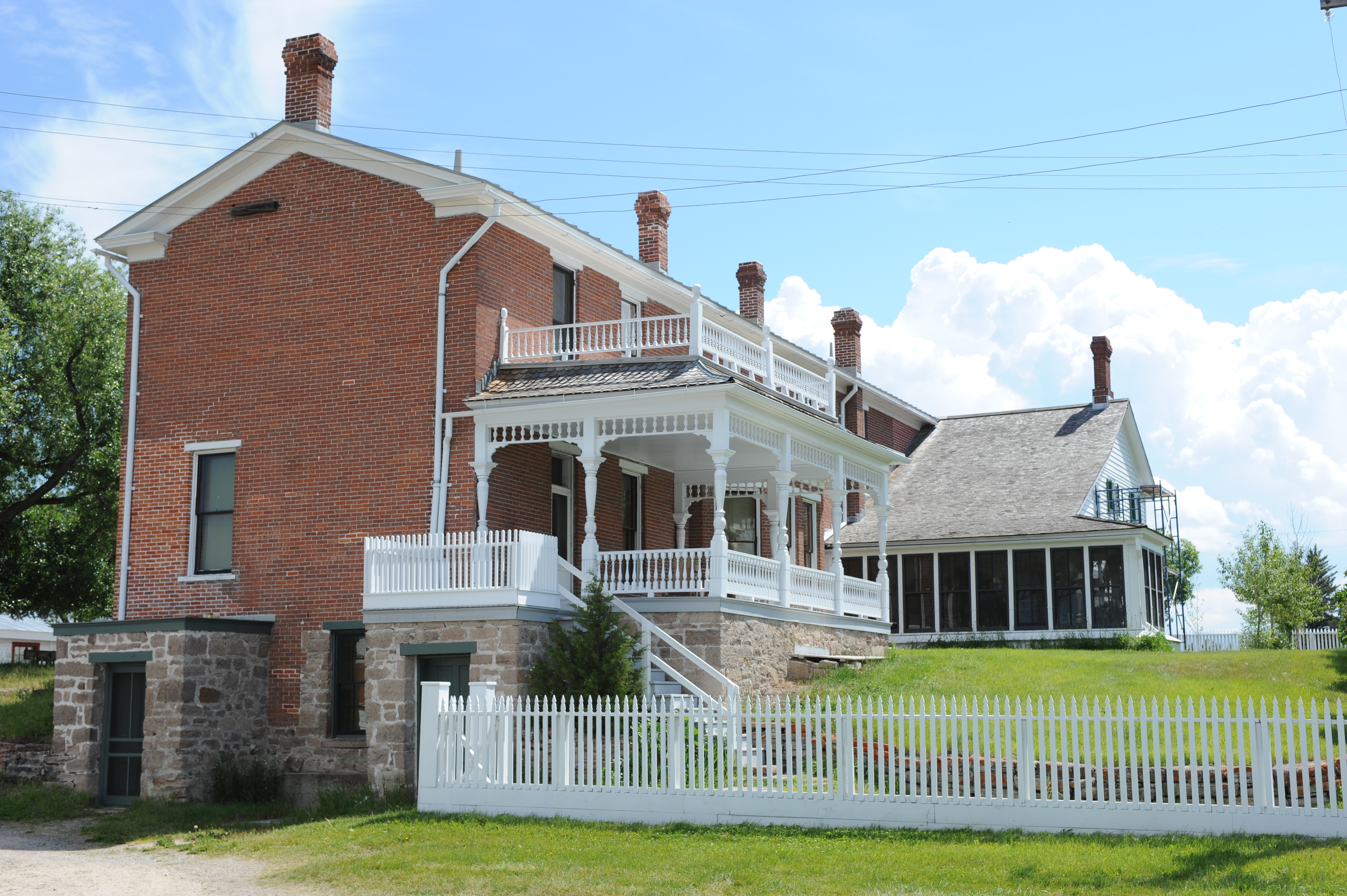
The rear portion of the ranch house was an addition put on by Conrad Kohrs in 1891.
Deer Lodge Mountain
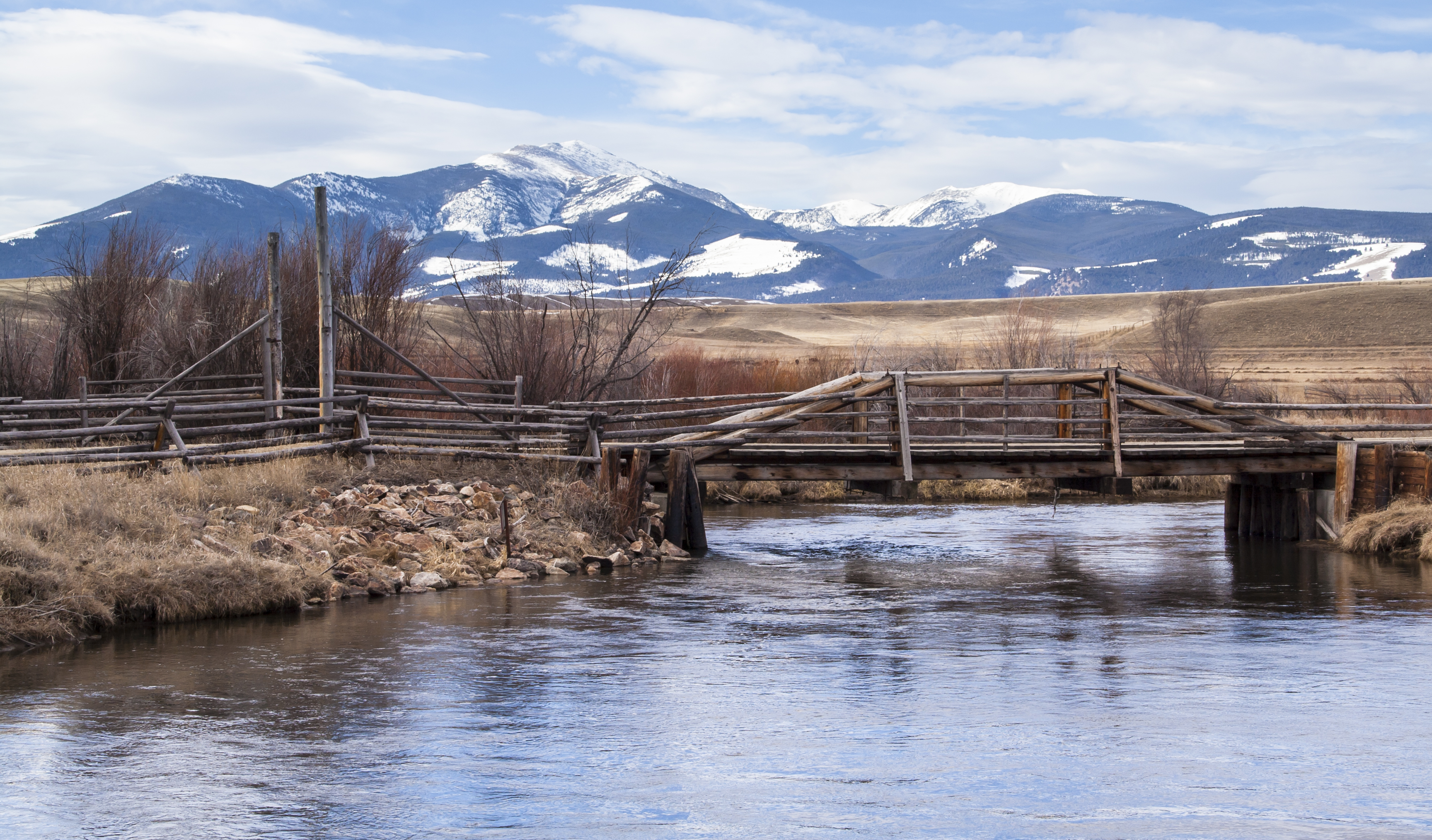
Deer Lodge Mountain, and the rest of the Flint Creek Range, directly influence the weather in the valley below.
Reveal
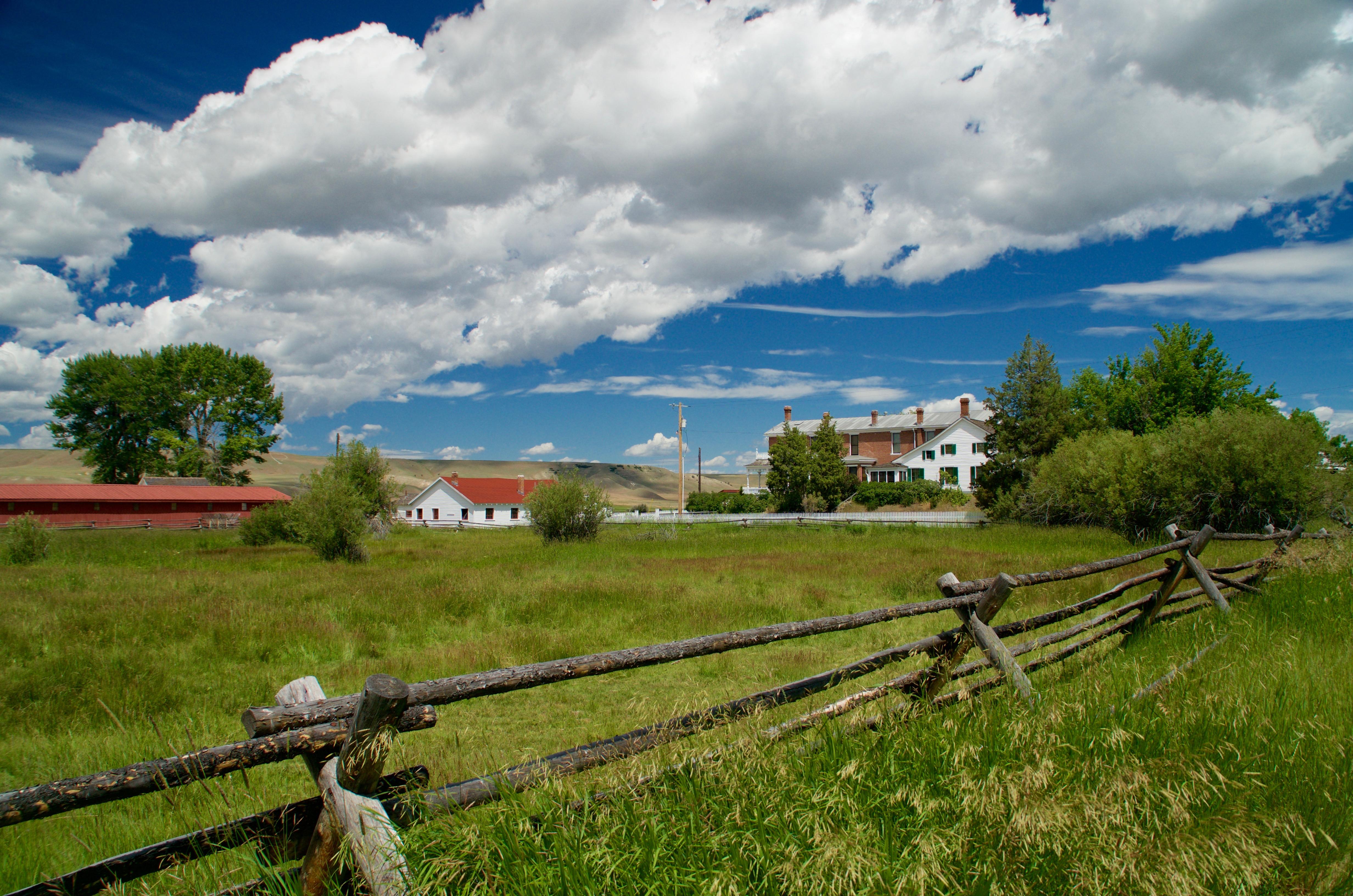
Many people are surprised by the first glimpse of the historic ranch buildings.
Cattle Herd Moving
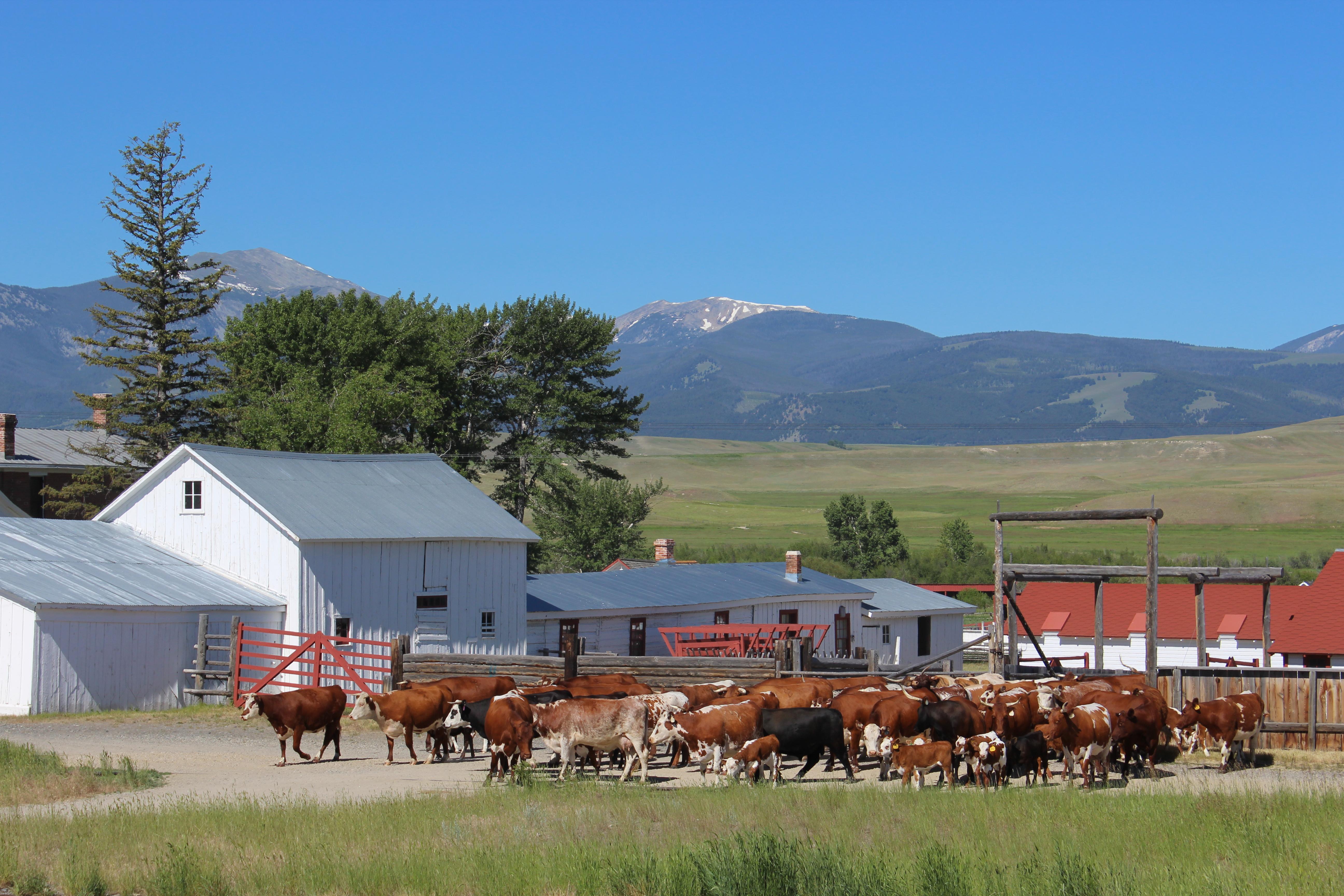
The ranch cattle herd contains Hereford, Shorthorn and Texas Longhorn, which were popular breeds during the Open Range Cattle Era
Cowboy on Horseback with Cattle
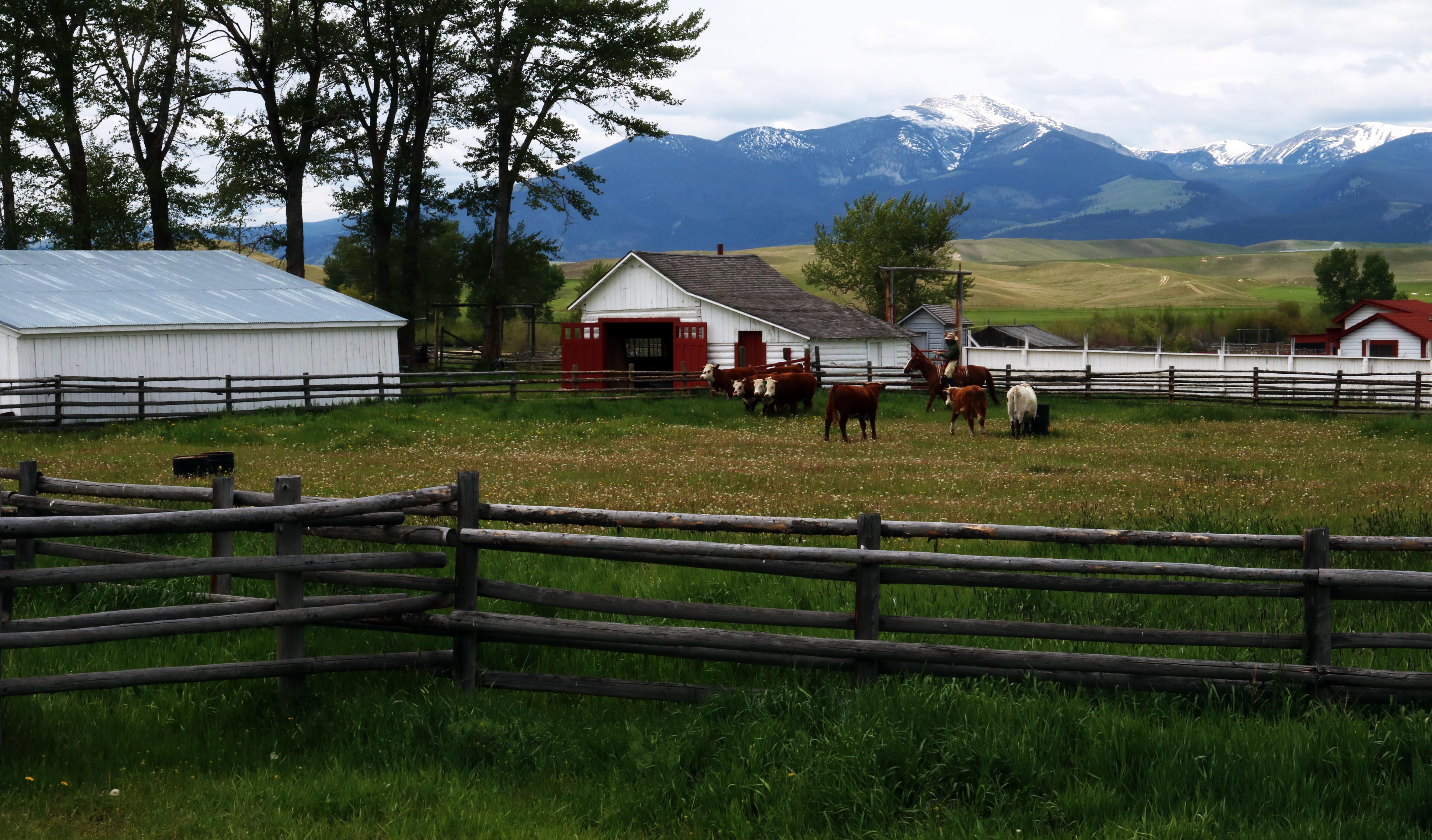
The American Cowboy developed during the Open Range Era and became a cultural icon.